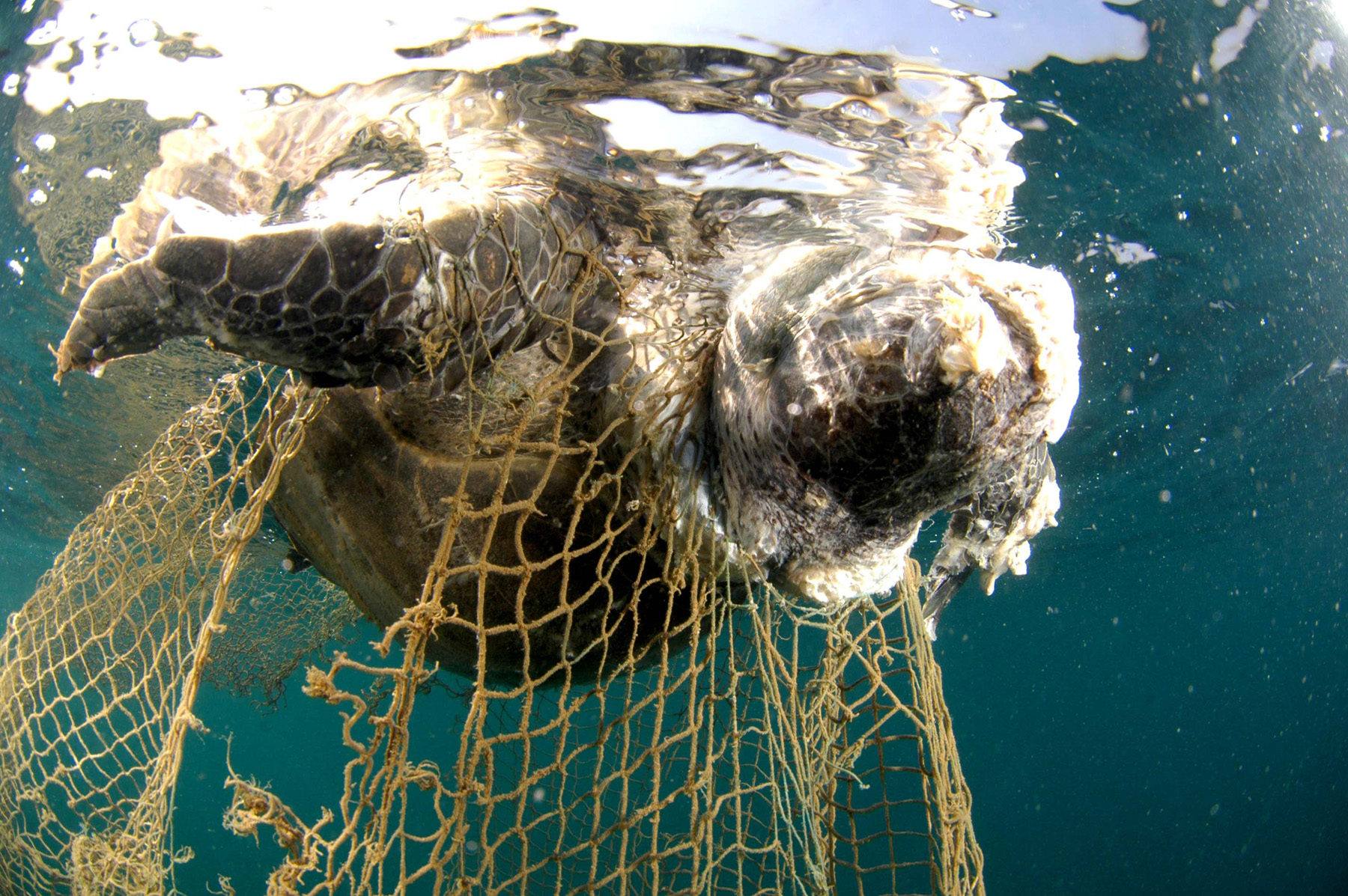Plastic in our Oceans
Every year, about tons of plastic enter the world's oceans through various pathways. How is this possible and what can we do to prevent that?
The long journey into the ocean
On their way to the sea, the individual pieces of plastic often have a long journey behind them. Plastic can reach the ocean in different ways:
via rivers
from beaches
through sewage
on the sea
About % of plastic finds its way into the sea via rivers or beaches. The wind plays a crucial role: due to its light weight, plastic waste is blown into the waters.
In addition, many consumer products (especially from the cosmetics sector, for example in creams, shampoos, etc.) contain tiny microparticles of plastic (micro plastic) that enter rivers via wastewater. When washing synthetic clothing, tiny plastic fibers are dissolved in the wash water and are difficult to filter out in the wastewater treatment plant. Abrasion from car tires is also washed into waterways as microplastics, eventually ending up in the ocean.
About % of the plastic in the ocean is also "lost" at sea: a tanker loses cargo, a fishing boat loses its net, or waste from an oil rig ends up in the sea.

Floating garbage dumps
In our large oceans, there are far-reaching ocean currents, such as the Gulf Stream. These currents transport plastic from the coasts far out to sea. In places where different currents meet and circulate, the plastic collects in giant trash swirls. There are now a total of such garbage patches in the oceans. The largest is the North Pacific Garbage Patch. It is located in the Pacific Ocean between the west coast of North America and Japan.
Danger for marine life
UV rays from the sun and the mechanical movement of the waves break the plastic into smaller and smaller pieces. The longer the plastic is in the ocean, the more brittle it becomes and the smaller pieces it breaks down into. One speaks of microplastic as soon as the size of the particles is in the micrometer or nanometer range. Environmental toxins accumulate on these particles.
This is particularly dangerous for the animals for which the ocean serves as a food source. Birds and turtles, for example, mistake the small particles for their natural food and die as a result.

Fish, mussels and other sea creatures ingest these tiny fragments with their food, and so the plastic in turn enters the human food chain.
The long life and resistance that we humans so appreciate in plastica are the end for marine life. A plastic bottle in the ocean takes about years to completely decompose.
The big cleanup
The plastic waste accumulates in the five big waste whirlpools. Many people want to tackle this problem which proves very challenging. Today, we introduce Boyan Slat, a young inventor from the Netherlands, who has come up with a system to collect the plastic from the ocean:
A passive system
Slat's system is called a "passive system": ocean currents transport the plastic into floating barriers. The technology takes advantage of one characteristic: much of the plastic floats on the ocean surface or down to a depth of three meters. Marine life can simply submerge under the barriers and their habitat is not negatively impacted by the system.
A platform transports the floating plastic into a container so that the waste is removed and recycled. The plant is powered by solar energy. Thus, there are no emissions during the operation of the plant, but immense resources are recovered.
With the launch of the first System into the ocean the project has faced major challenges and set backs but they are determined to keep going and are developing a first full scale, operational, and scalable system. Until then they mainly tackle plastic pollution in various rivers since much plastic reaches the oceans via rivers.
Avoid plastic
Ireland for example has introduced a tax of 0.14€ on plastic bags. Within one year they have managed to reduce the amount of plastic bags by %.
You too can try to avoid plastic in your everyday life! Think about what you can do to reduce plastic.
What ideas do you have?
Sources:
This article was translated from German.
Naturschutzbund Deutschland, Earth System Knowledge Platform and Plastic Oceans
The big cleanup: The Ocean Cleanup
Avoiding plastic: Data by Plastic Oceans
Image 1: Pixabay
Image 2: Wikimedia Commons, Corpse of a sea turtle, drowned in a fishing net von Salvatore Barbera